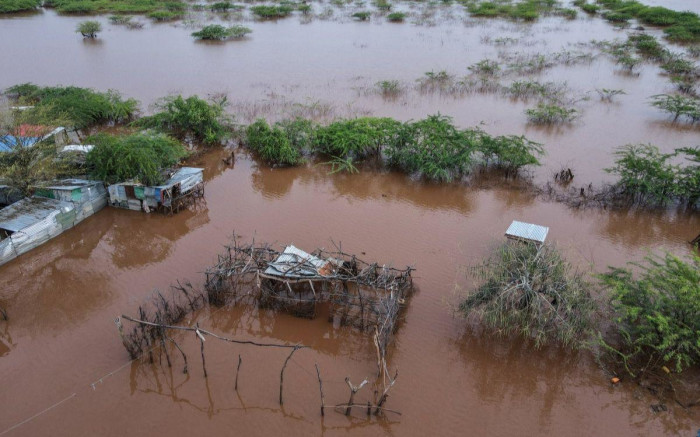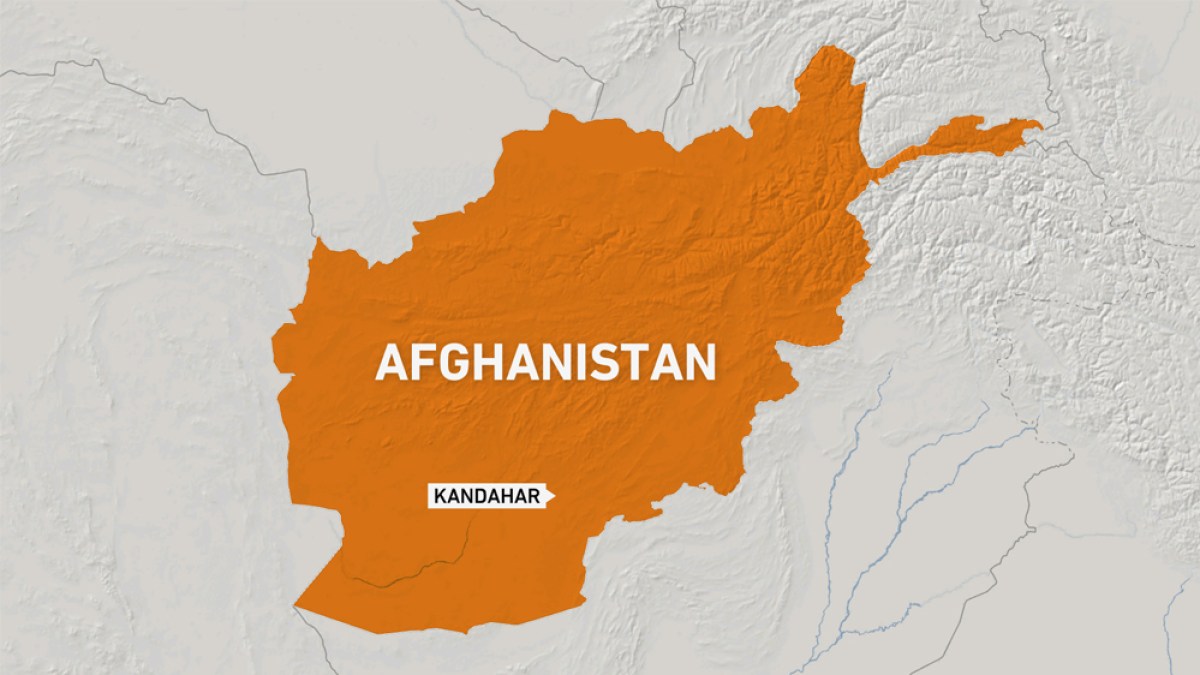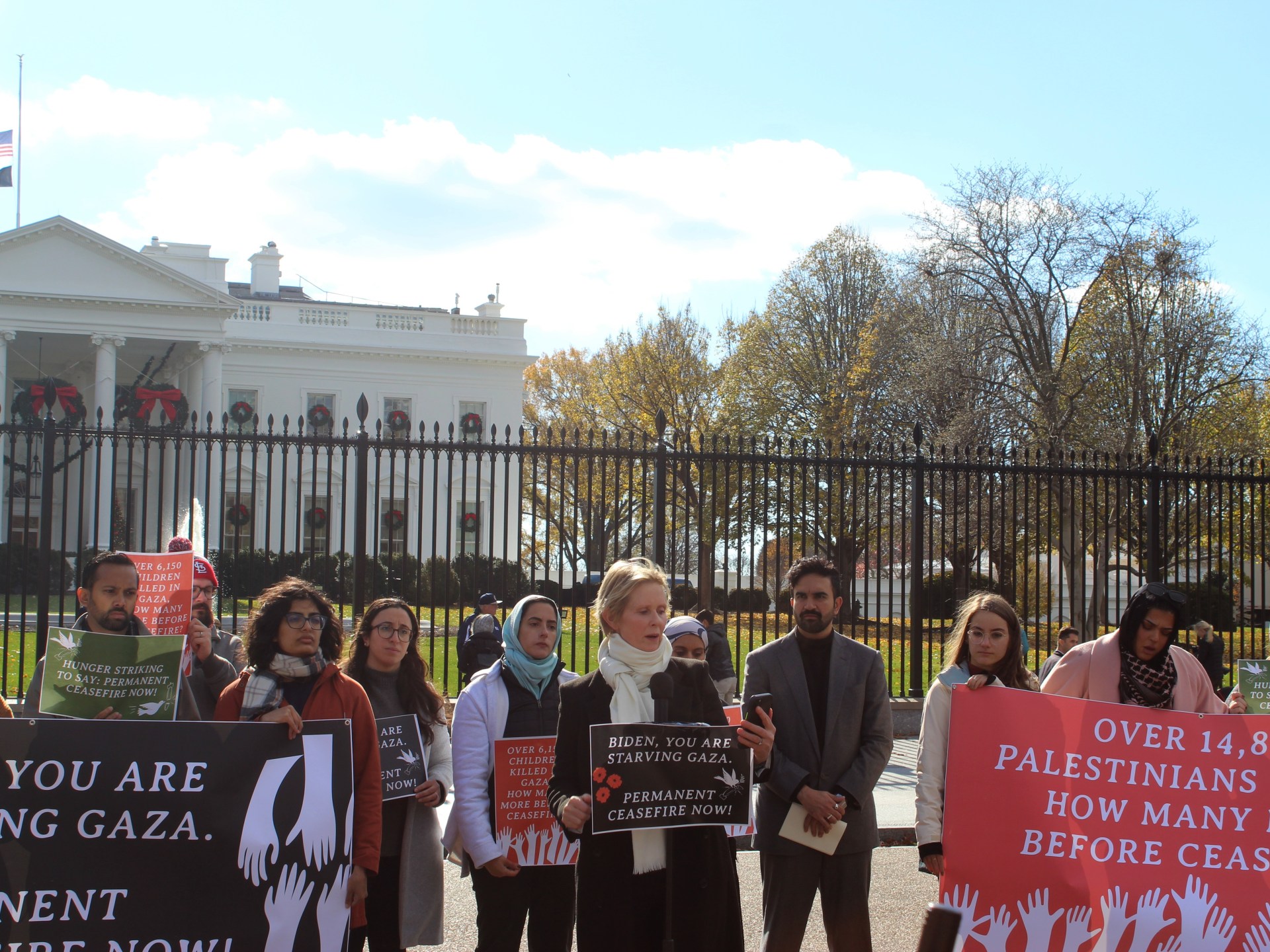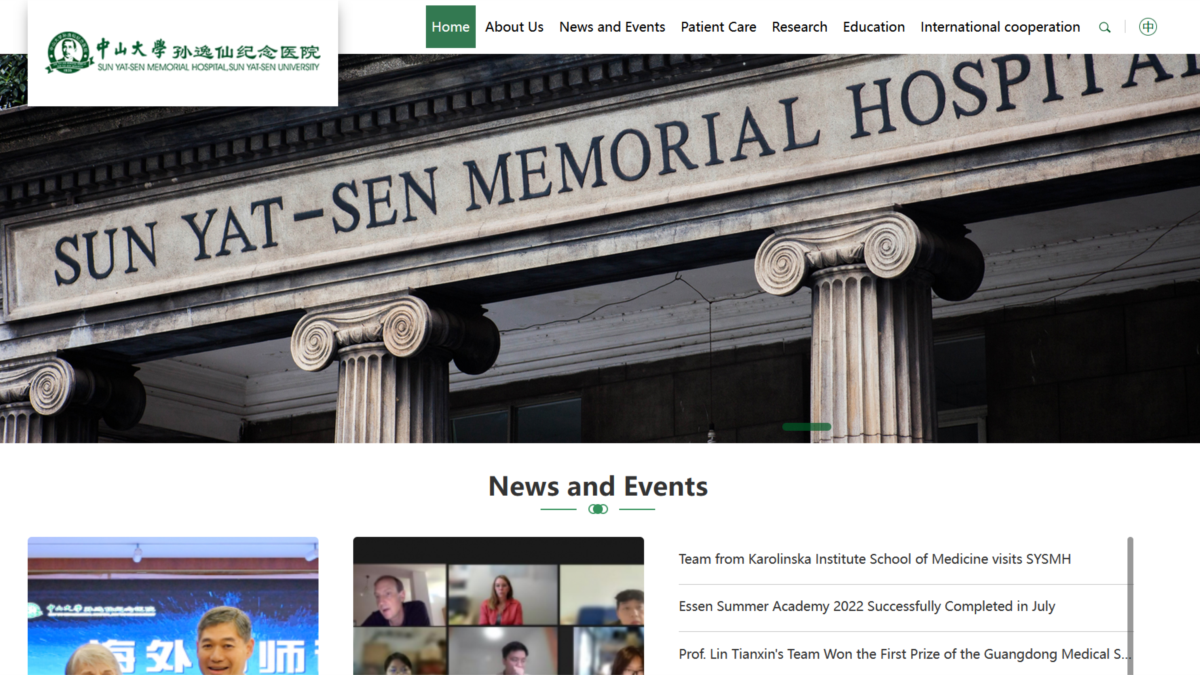
COP28 begins on Thursday in Dubai and is scheduled to last 13 days, but climate negotiations often run past their official deadlines as countries haggle for consensus until the last minute.
This aerial view shows a flooded area in Dolow, Somalia, after devastating floods on November 25, 2023. Image: HASSAN ALI ELMI / AFP
PARIS — The U.N. climate negotiations are a diplomatic tug-of-war between diverse blocs of countries banding together to advance common interests even as geopolitics could divide them.
COP28, the conference of parties, begins on Thursday in Dubai and is scheduled to last 13 days, but climate negotiations often run past their official deadlines as countries haggle for consensus until the last minute.
COPs are the formal meetings of the United Nations Framework Convention on Climate Change (UNFCCC) whose mission is to address human-caused global warming.
The UNFCCC divides nations into five groups: African States, Asian States, Eastern Europe, Latin America and the Caribbean, Western Europe and “Other States,” which includes Australia, Canada, Iceland, New Zealand, Norway, Switzerland and the United States.
Countries are also divided into three categories: developed countries, developed countries with special financial responsibility and developing countries.
However, various informal and formal clubs have emerged over the years, sometimes mixing rich and poor countries, with some nations operating in more than one bloc.
This year’s COP comes against the backdrop of the Israel-Hamas war and Russia’s ongoing war in Ukraine, which have raised global tensions.
Climate negotiations have long been considered “immune” from world events, as if they were “so important that they were insulated from the tensions of current events,” said Francois Gemenne, a political scientist and member of the Intergovernmental Panel on Climate Change (IPCC).
“That is no longer the case,” he told AFP.
Countries that are lumped together may also have different positions on climate issues.
“Developing countries are rarely united,” said Jennifer Allan of the International Institute for Sustainable Development.
“The fact that they have remained united on, for example, loss and damage is rare,” Allan said, pointing to last year’s historic agreement to set up a fund for poor countries devastated by the effects of climate change.
Here is a list of the key negotiating groups at the COP:
G77 (AND CHINA)
This group of 77 countries was founded in 1964 and has since grown to 134 countries, often linked to China.
It is the largest negotiating bloc and operates across the UN system, beyond the UNFCCC.
The party leadership changes annually, with Cuba currently holding the presidency for the first time.
Least Developed Countries (LDCs)
The LCD group consists of 46 countries and, as the name suggests, brings together the poorest nations in the world. Nepal is currently in the chair.
The issues at stake in the COP negotiations sometimes result in the LDC taking a different view than the G77.
Climate Vulnerable Forum (CVF)
CVF brings together 58 countries with a total population of 1.5 billion people who are particularly vulnerable to the effects of global warming.
It was founded in 2009 and is currently led by Ghana.
SMALL ISLAND DEVELOPING STATES (SIDS)
SIDS is a coalition of 40 low-lying islands or archipelagos threatened by rising sea levels, founded in 1990. Samoa is in the chair.
Despite its small size, it is widely recognized for its vocal role in climate negotiations.
EUROPEAN UNION (EU)
The EU bloc brings together the 27 member states to agree on a common negotiating position.
Spain will hold the presidency of the European Council until the end of the year.
UMBRELLA GROUP
This group emerged after the adoption of the Kyoto Protocol in 1997 and consists of a number of developed nations: Australia, Great Britain, Canada, the United States, Iceland, Israel, Japan, Kazakhstan, New Zealand, Norway and Ukraine.
It’s in contrast to the G77 or LCDs in general.
BASIC
The BASIC block includes four major emerging markets: Brazil, South Africa, India and China.
It came together in Copenhagen in 2009 during COP15.
INDEPENDENT ALLIANCE OF LATIN AMERICA AND THE CARIBBEAN (AILAC)
Established in 2012 as a formal negotiating group, AILAC represents a coordinated position for the countries of the North and South, including Colombia, Costa Rica, Guatemala (current chair), Honduras, Panama, Paraguay, Peru and Chile.






Recent Comments